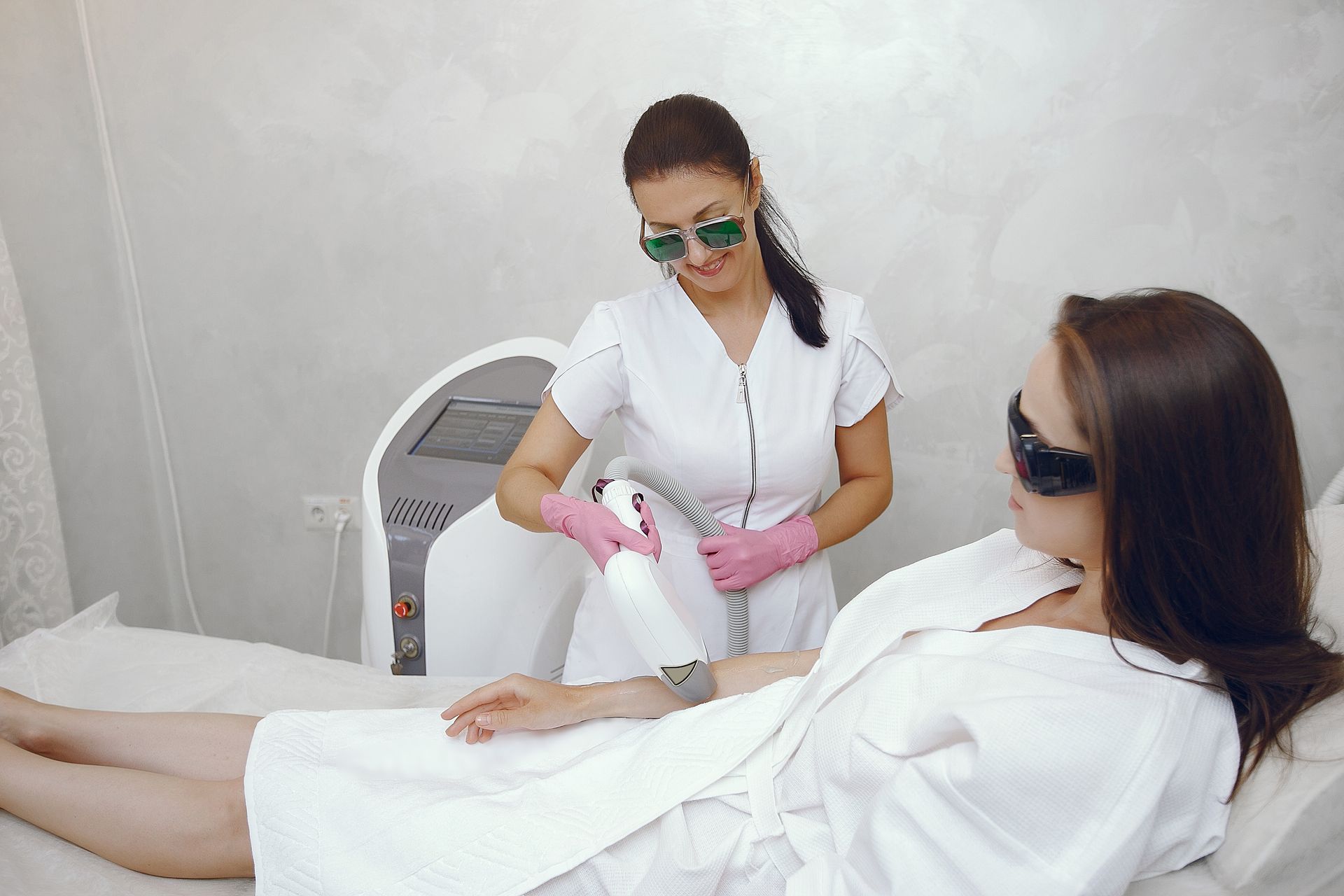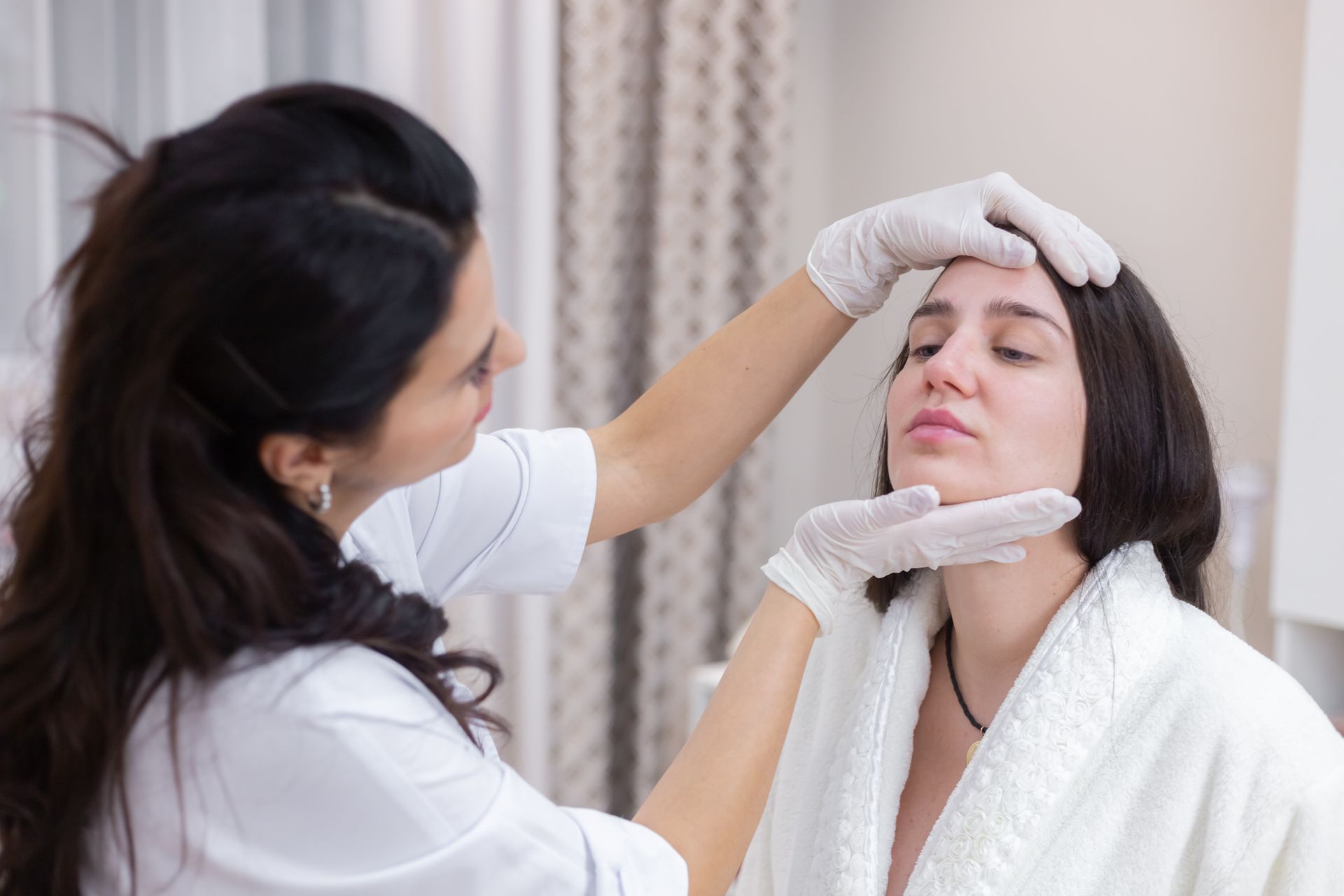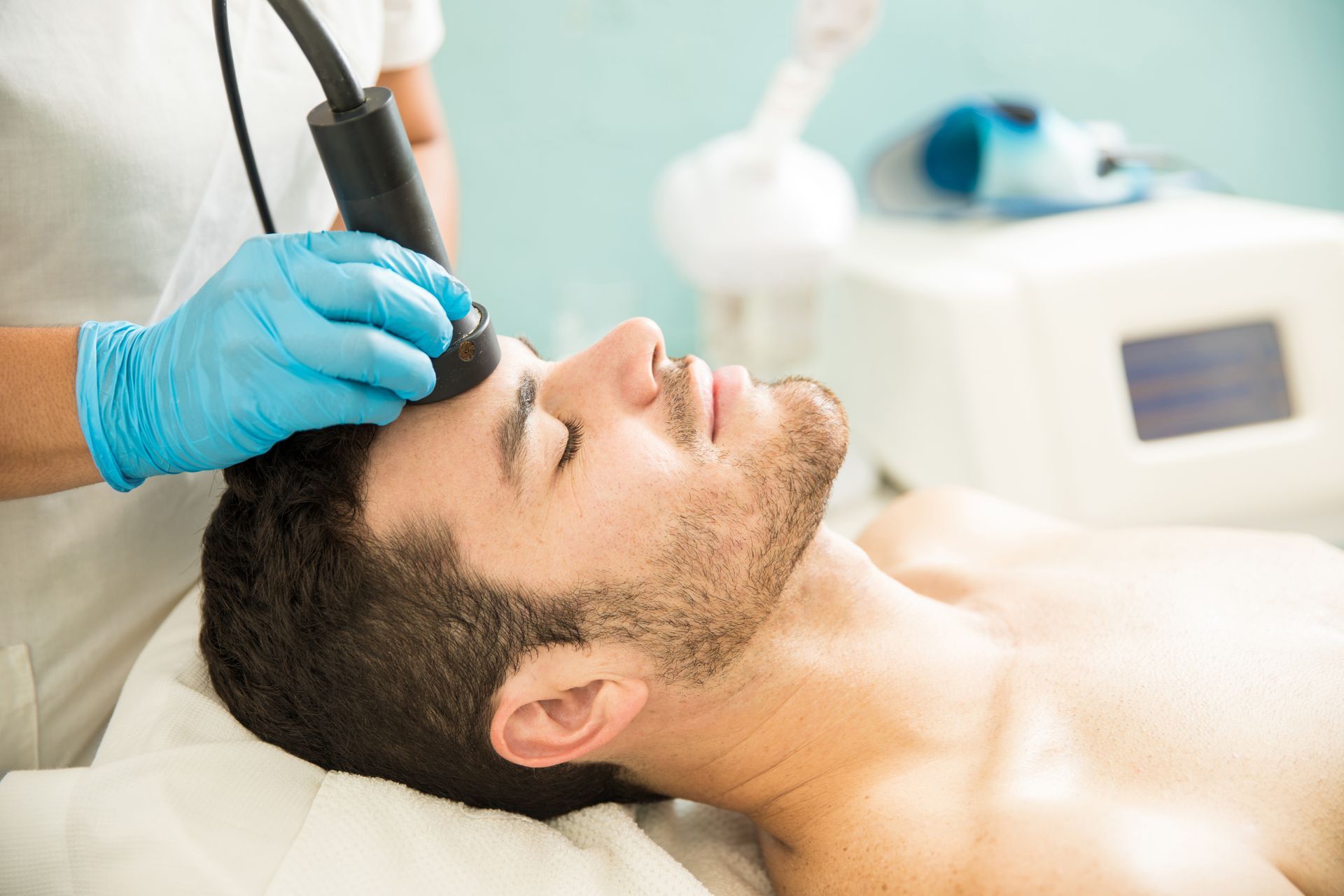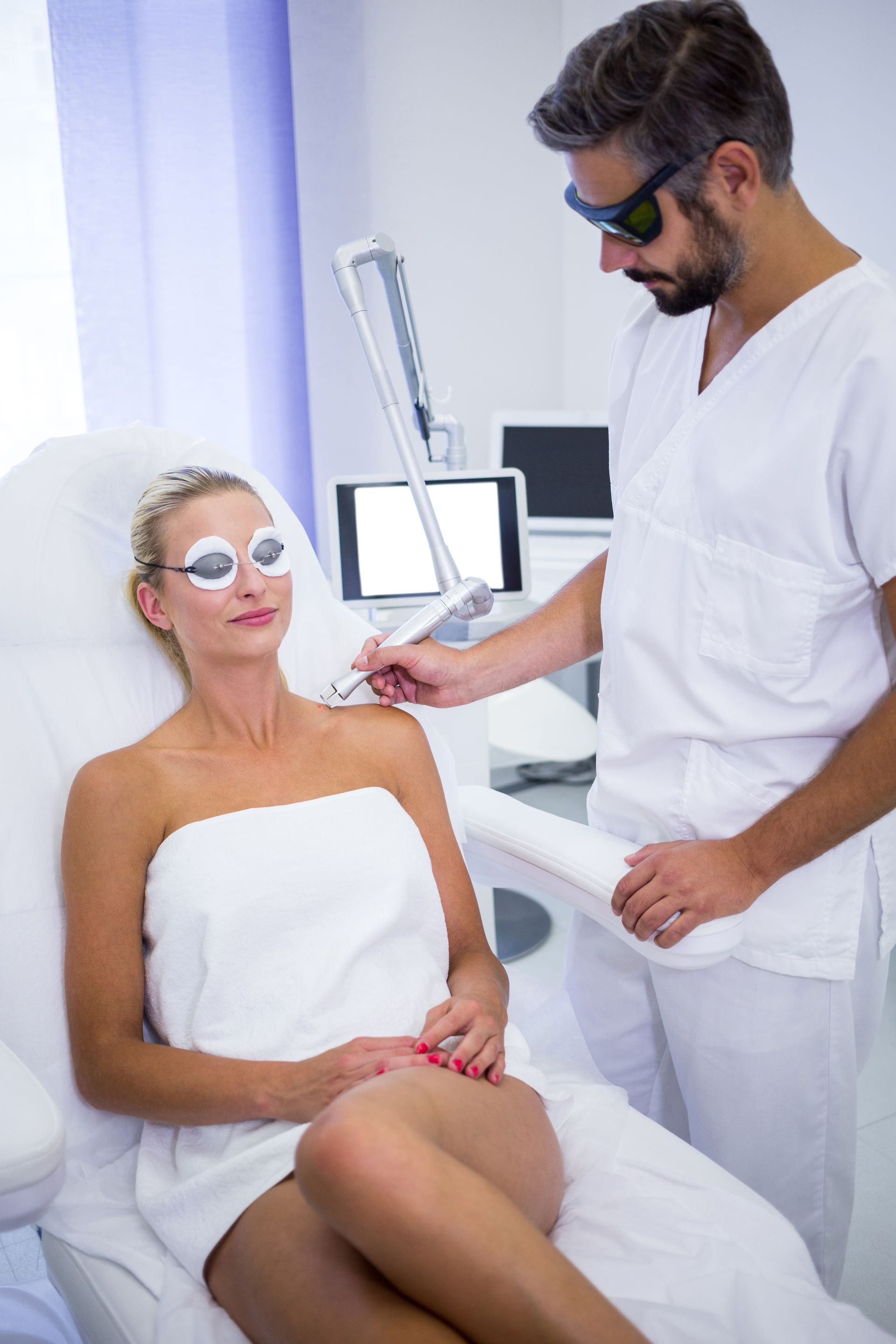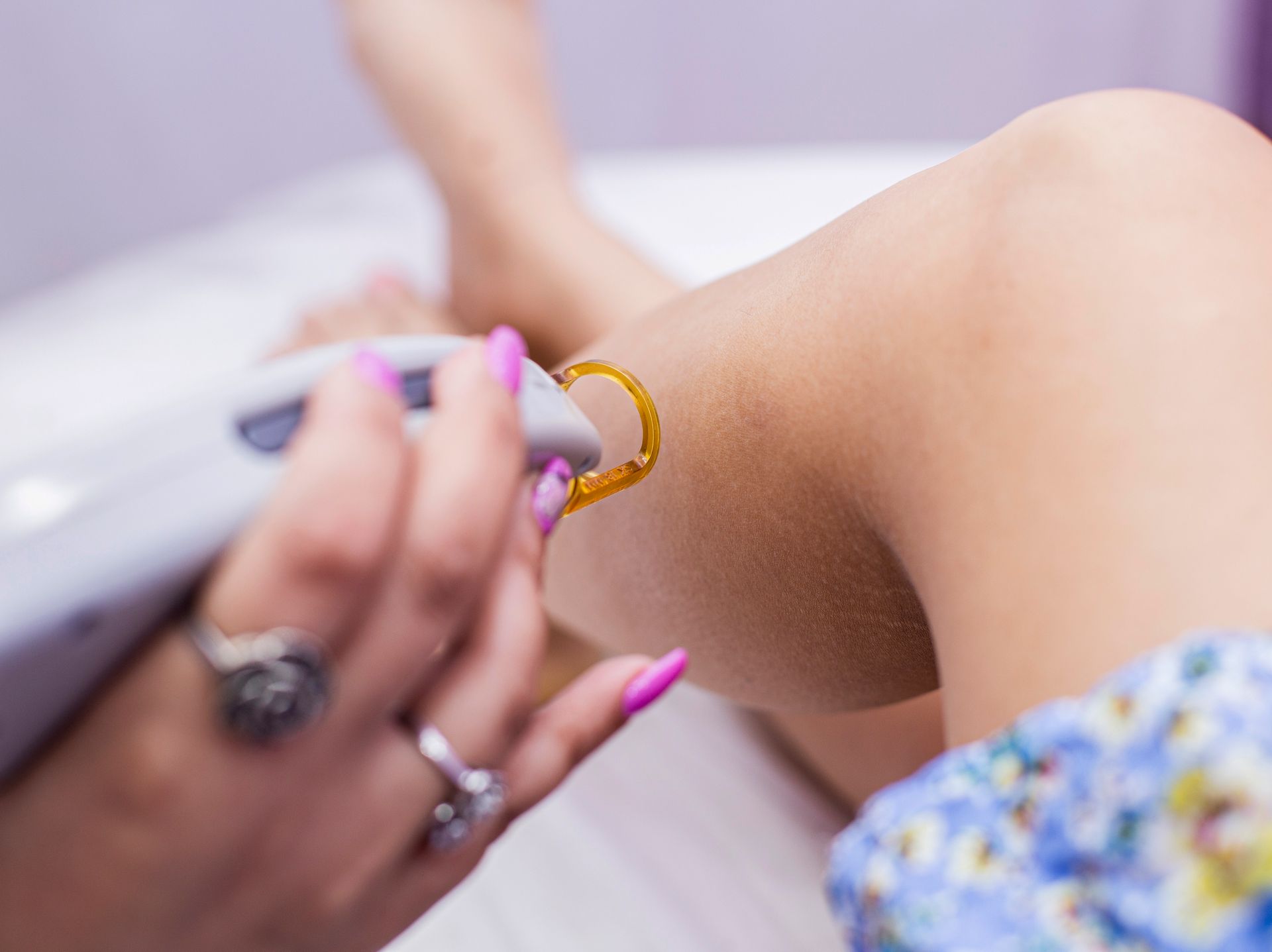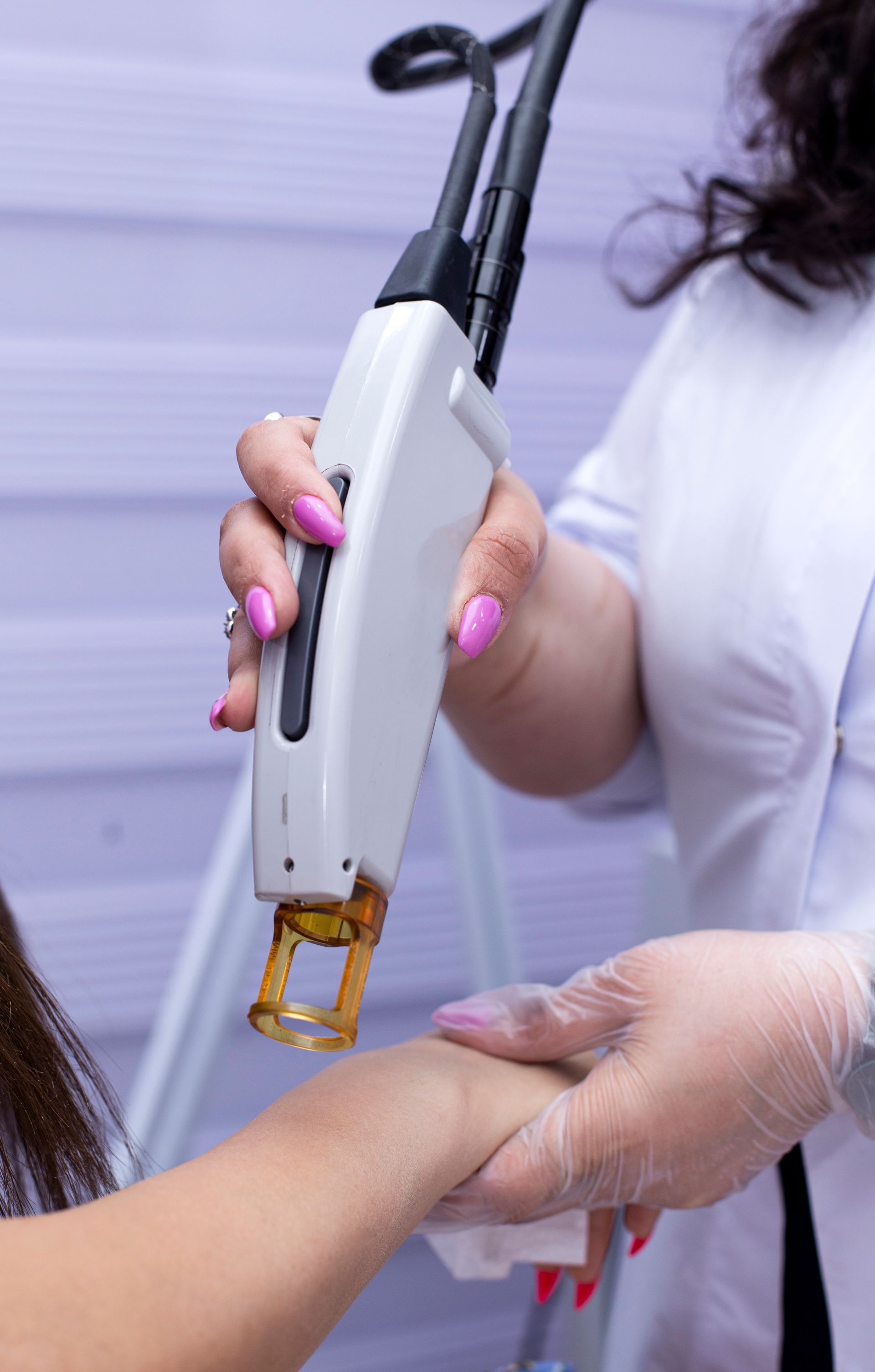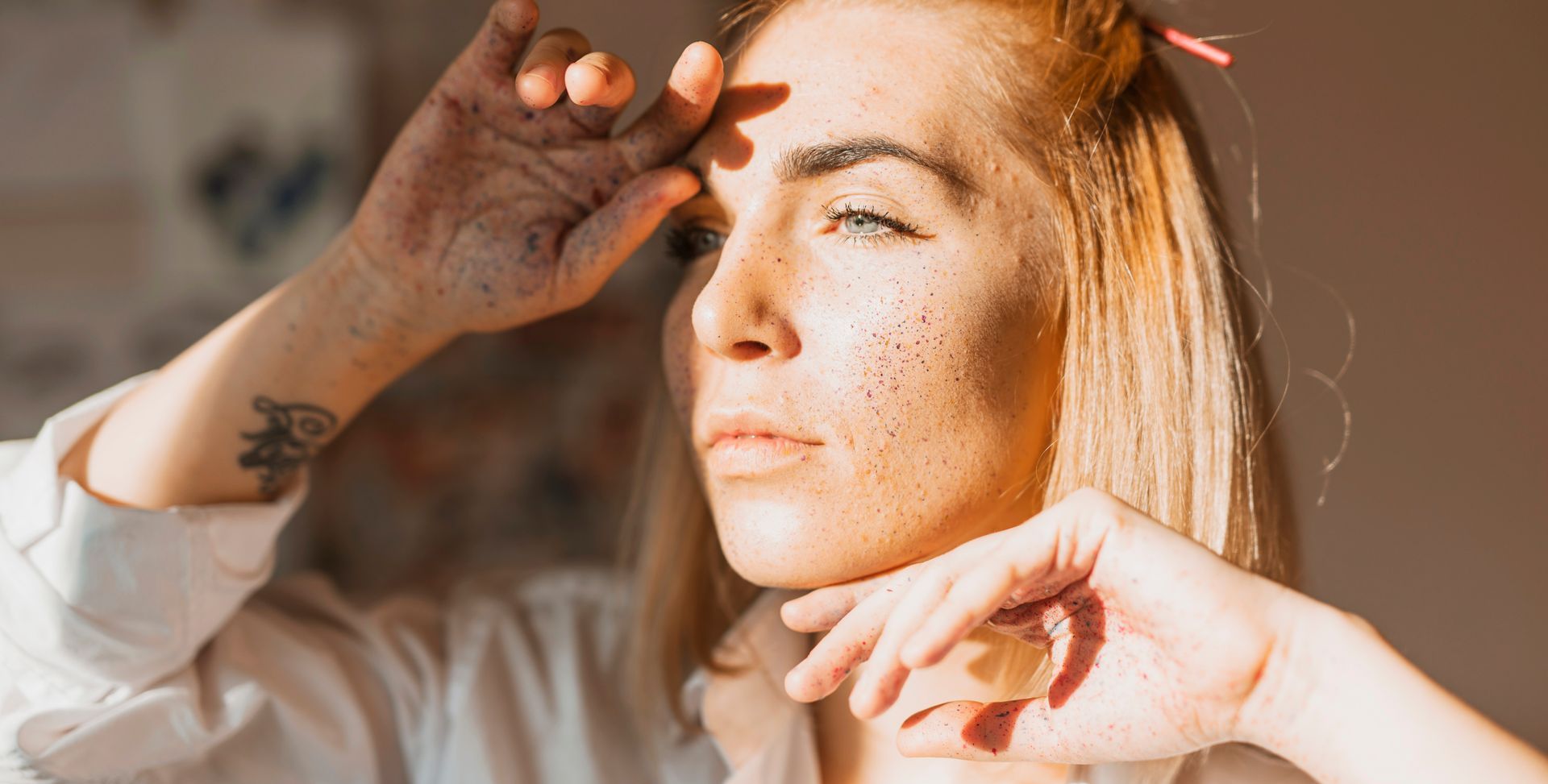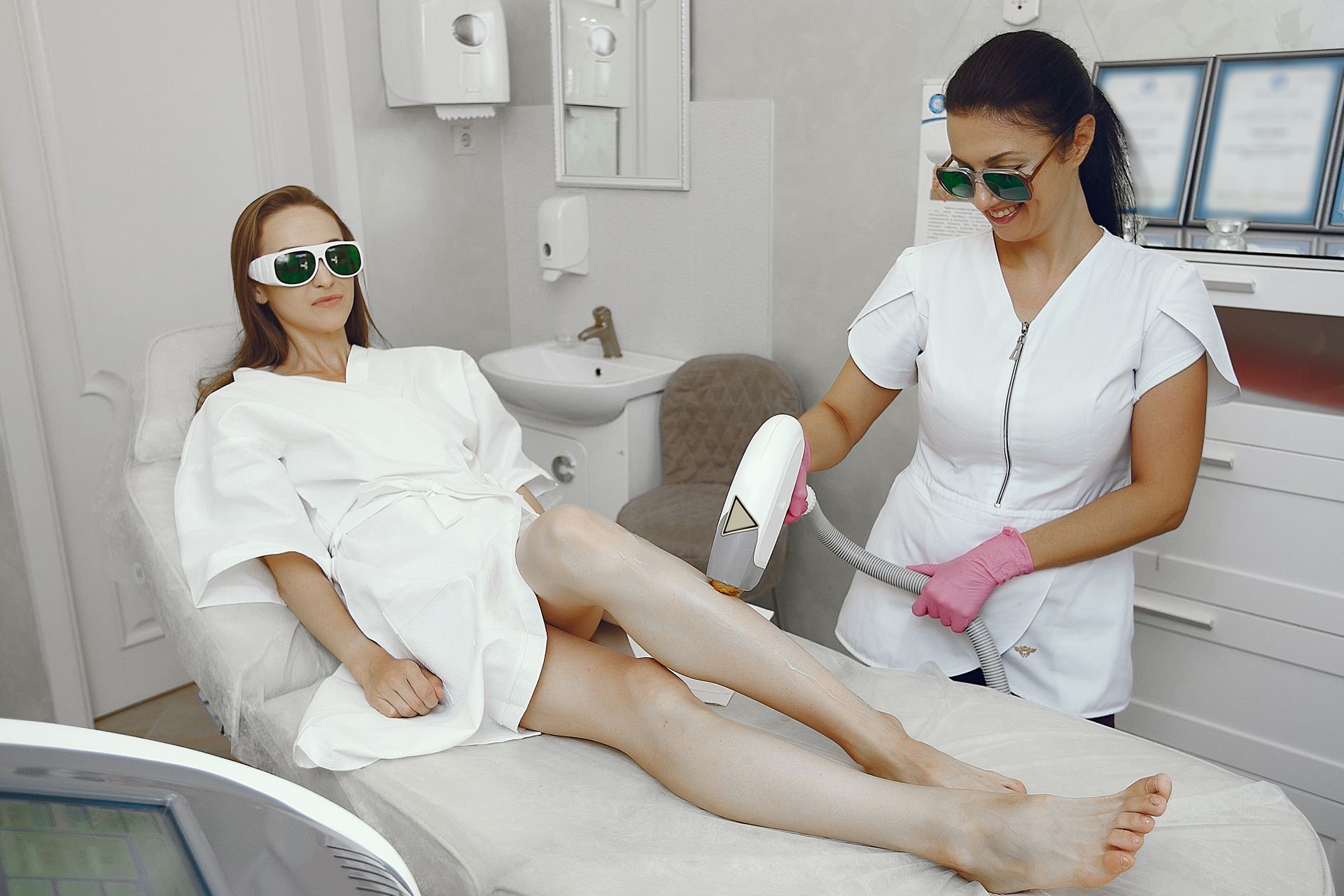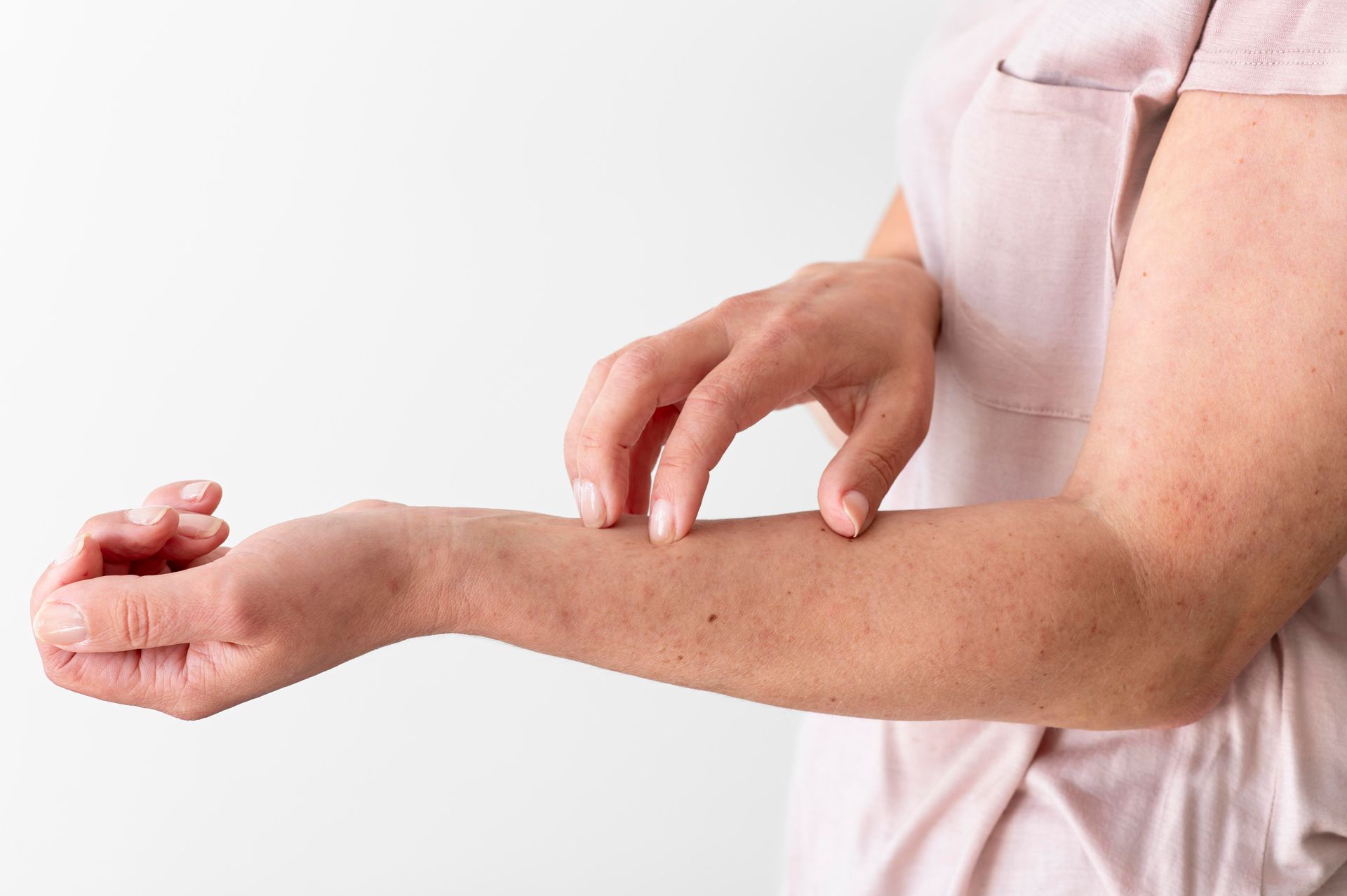Can You Workout After Laser Hair Removal? (Gym & Sweat FAQs)
We get it — you’ve just had your laser hair removal session, your skin feels silky smooth, and you’re already lacing up your gym shoes. But wait! Before you jump into that spin class or hot yoga session, let’s talk about one of the most common questions clients ask: “Can I work out after laser hair removal?”
Spoiler alert: it’s best to skip the gym for a day or two.
Here’s why — and what you should do instead to keep your skin calm, clear, and glowing.
1. Why You Should Avoid Working Out Right After Laser Hair Removal
Laser hair removal utilizes concentrated light energy to target and destroy hair follicles located beneath the skin. While the process is safe, it does generate heat, which leaves your skin temporarily sensitive and inflamed — think of it as a mild sunburn feeling.
Now add
sweat, friction, and bacteria from a workout to that sensitive skin?
That’s a recipe for irritation, redness, and even tiny breakouts known as folliculitis.
So after your session, your skin is saying, “Hey, let’s chill — not hit the treadmill.”
What Skincare Ingredients to Avoid Before Laser Hair Removal
2. What Happens If You Work Out Too Soon?
Here’s what can happen if you ignore the aftercare advice and rush to the gym right after laser:
- Increased redness and irritation: Sweat and heat open your pores, which are already vulnerable post-laser.
- Bumps or rashes: Friction from tight clothes or gym equipment can lead to small pimples or inflamed bumps.
- Prolonged healing: The skin needs to cool down and recover. Exercise can slow that process.
- Hyperpigmentation risk: When overheated, the skin can develop temporary dark spots — especially for medium to darker skin tones.
So if you want that smooth, even glow, patience really pays off.
3. How Long Should You Wait Before Hitting the Gym?
The golden rule: wait 24 to 48 hours after your laser hair removal session before any intense physical activity.
Here’s a quick cheat sheet:
- Light walking: OK after 24 hours
- Gentle stretching or yoga: OK after 24–36 hours (as long as you don’t sweat heavily)
- Heavy workouts, running, cycling, HIIT: Wait at least 48 hours
- Sauna, hot showers, steam rooms: Wait 48–72 hours
Your skin needs that cooling-off period to heal and prevent bacteria from clogging freshly treated pores.
4. Why Sweat Isn’t Your Friend Post-Laser
Sweat = salt + bacteria.
Normally, that’s fine. But post-laser? Your hair follicles are open and vulnerable.
When sweat gets trapped in those open pores, it can cause
inflammation or infection, leading to itchiness, bumps, or a stinging sensation.
That’s why most technicians say to “treat your skin like glass” for a couple of days — no friction, no heat, no sweat.
5. What You Can Do Instead of Working Out
You don’t need to sit still like a statue. Here are a few body-friendly, laser-approved activities to do while your skin rests:
- Go for a light walk in the evening (no sun exposure).
- Do gentle stretching or meditation.
- Take a cool shower to soothe your skin — skip hot water.
- Apply aloe vera gel or a fragrance-free moisturizer to calm irritation.
Think of it as your skin’s spa time — it’s working hard beneath the surface to give you long-lasting smoothness.
6. When You Return to the Gym: Post-Laser Workout Tips
Once you’ve waited the recommended time, you can safely get back to sweating it out. But to keep your results (and skin) in top shape, follow these pro tips:
- Wear loose, breathable clothing. Avoid tight leggings or compression shirts that rub on treated areas.
- Wipe down gym equipment before use — bacteria is real!
- Stay cool and hydrated. Keep your body temperature moderate.
- Shower right after your workout to rinse off sweat and prevent clogging pores.
- Use gentle, fragrance-free cleansers. Harsh soaps can sting your treated skin.
Your laser results depend as much on aftercare as on the actual treatment — so protect that investment!
7. Can I Go to the Gym Between Laser Sessions?
Absolutely! Just plan your workouts smartly.
Try to schedule gym sessions
before your laser appointment or at least a day after.
You can stay consistent with your fitness routine — just make sure you give your skin enough rest after each laser session.
8. What About Swimming or Hot Yoga?
Hold off on both for at least 48 hours.
Pools have
chlorine, which can sting and dry out freshly treated skin, while hot yoga and steam rooms cause excessive sweating and heat exposure.
If your skin still feels warm, red, or tender — give it another day before returning to these activities.
9. What If You Accidentally Worked Out Too Soon?
Don’t panic!
If you accidentally hit the gym too early and notice redness, itching, or bumps, here’s what to do:
- Gently cleanse the area with cool water.
- Apply aloe vera or a cold compress to soothe inflammation.
- Avoid scratching or exfoliating.
- Skip further workouts until the skin calms down.
If irritation persists after 2–3 days, reach out to your clinic or dermatologist for a quick check.
10. Your Skin Deserves Rest, Too
Think of laser hair removal as an investment in smooth, carefree skin — and like any good investment, it needs a bit of patience to grow.
Taking 48 hours off the gym won’t derail your fitness goals, but it will definitely protect your laser results.
So next time you’re tempted to hit the weights after your session, remember:
Your follicles just had a workout of their own — let them rest.
Final Thoughts
Laser hair removal gives incredible results — smoother skin, fewer ingrown hairs, and long-term freedom from shaving.
But your aftercare habits matter just as much as the laser itself.
Avoiding workouts for a short time helps your skin heal beautifully, prevents irritation, and keeps your results on track.
So grab a smoothie, take a rest day, and let your skin thank you later.
BOOK YOUR FREE SESSION
